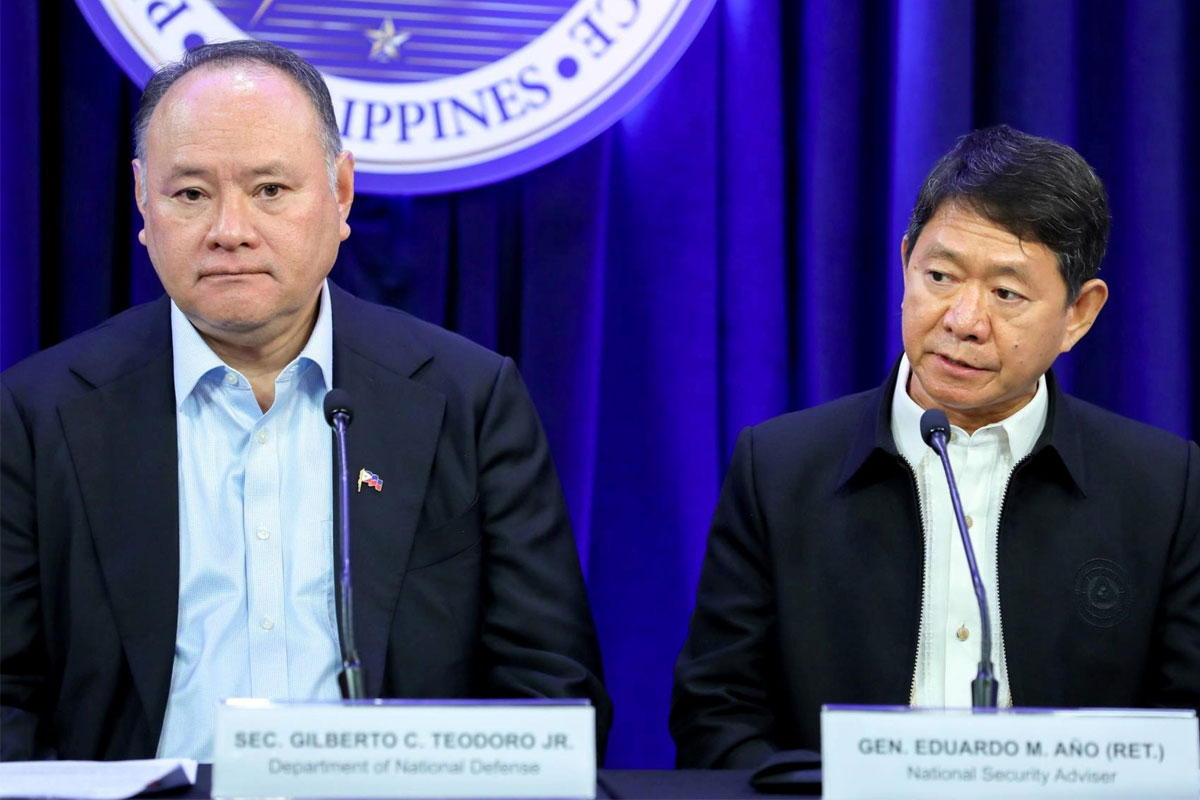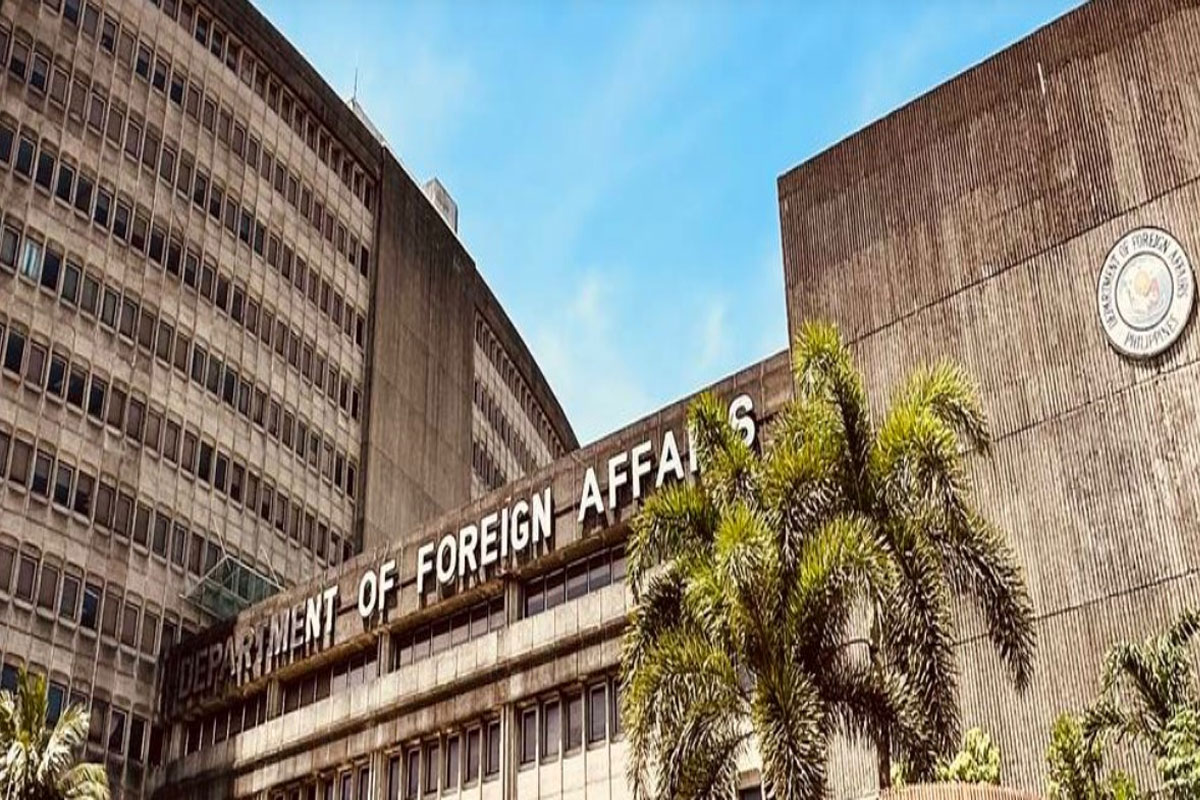
The Peso’s Troubling Decline Signals Deeper Economic Woes
The Philippine peso’s recent slump to a near 19-month low, closing at P58.635 per dollar, is more than just a numerical dip—it’s a troubling indicator of underlying economic vulnerabilities. This 21.5-centavo decline from the previous day’s close reflects broader issues that deserve serious attention and action.
Historically, the peso hasn’t seen such a poor performance since November 3, 2022, when it closed at P58.80 per dollar. This historical context is crucial; it underscores that the current economic strategies may not be robust enough to prevent recurrent weaknesses. Year-to-date, the peso has depreciated by P3.265 compared to its end-2023 close of P55.37 against the dollar. Such depreciation isn’t just a statistic; it’s a reflection of declining confidence in our currency and, by extension, our economy.
Intraday performance on Thursday showed the peso opening weaker at P58.50 and hitting its worst at P58.73 per dollar. The slightly decreased trading volume, from $1.4 billion to $1.39 billion, hints at cautious trading, possibly driven by uncertainty and lack of confidence among investors.
The reasons behind this slump are clear yet concerning. A stronger dollar, propelled by rising US Treasury yields and hawkish signals from the US Federal Reserve, has overshadowed the peso.
The dollar index reaching 105.18, its highest since May 14, before slightly easing to 105.05, shows the formidable strength of the US currency, making it harder for weaker currencies like the peso to compete.
The significant rise in long-term US Treasury yields, driven by robust economic data, hawkish Fed statements, and poorly received bond auctions, further bolstered the dollar. This scenario presents a double-edged sword: while a strong dollar reflects a healthy US economy, it simultaneously exposes the fragility of the peso and similar currencies.
Reduced expectations for Federal Reserve interest rate cuts this year, owing to persistent inflation and recent economic indicators, only add to the pressure. As long as inflation remains a concern and the US economy shows resilience, the peso—and indeed, many other currencies—will struggle to find stability.
Looking ahead, the peso-dollar trading will be heavily influenced by upcoming US economic data, particularly the second estimate for first-quarter US GDP. This data will be pivotal in shaping market expectations and could either exacerbate or alleviate the peso’s current woes.
Analysts predict the peso to trade within the range of P58.50 to P58.70 per dollar on Friday. While this range suggests some level of stability, it is a fragile one, heavily contingent on external factors beyond the government’s control.
In conclusion, the peso’s decline is a stark reminder of the broader economic challenges facing the Philippines. It calls for urgent, strategic interventions to bolster economic resilience, diversify economic dependencies, and restore confidence in our currency. Failure to address these issues could lead to prolonged economic instability, affecting not just currency traders but every Filipino who feels the ripple effects of a weakening peso.
Promising trajectory for Philippine banks in 2024
On a more positive note, the Philippine banking industry is on the cusp of exciting developments in 2024. Despite economic challenges and uncertainties, several factors suggest a promising trajectory for banks in the country. Fitch Ratings delves into the key drivers behind this optimism.
At the heart of this growth lies robust lending activity. Philippine banks are witnessing an upswing in loan demand, fueled by both consumer spending and business expansion. As individuals and enterprises seek financing, banks stand to benefit from increased interest income. This surge in lending activity bodes well for the sector’s overall performance.
Fitch Ratings’ analysis sheds light on an interesting twist: the delay in policy rate cuts. The Monetary Board’s decision to maintain the key policy rate at 6.5% since October 2023 has implications for net interest margins (NIM). Banks can sustain their record-high NIM for a longer duration, providing a cushion against potential interest rate reductions. This strategic move enhances their profitability outlook.
Consumer lending, particularly in higher-yielding segments, stands out as a bright spot. Filipinos continue to invest in homes, cars, and personal needs, creating opportunities for banks. By capitalizing on these loans, financial institutions can drive growth and serve the evolving needs of their customers.
The rollout of key infrastructure projects across the Philippines presents another avenue for growth. Banks can participate in project financing and corporate lending, supporting the nation’s development. As the economy expands, these opportunities contribute to the sector’s resilience.
Fitch’s upgraded credit growth outlook reinforces confidence in Philippine banks. The previous projection of 9.8% has been revised upward to 11.5%. This healthy loan growth reflects not only economic optimism but also the banking sector’s ability to support businesses and households during challenging times.























